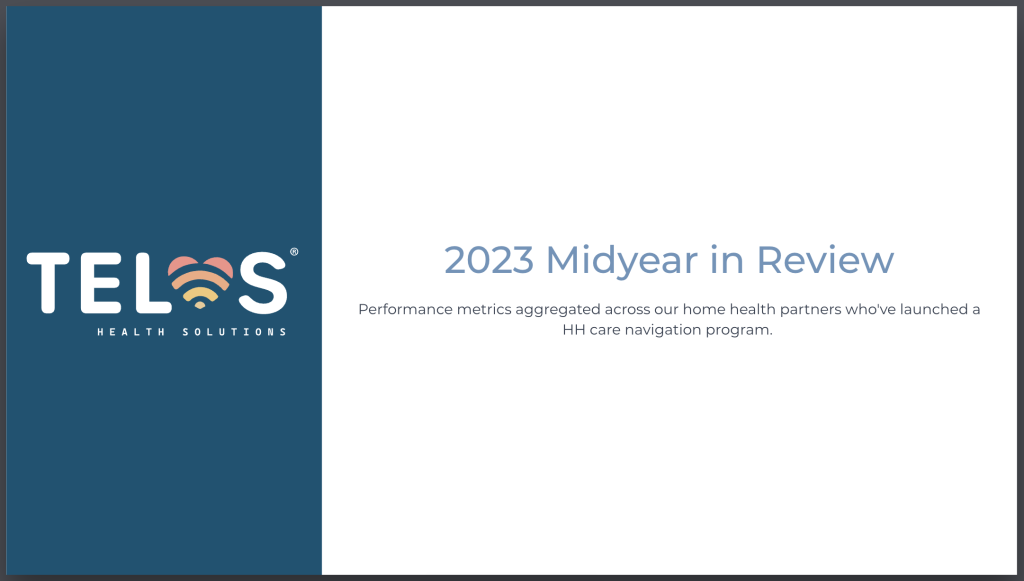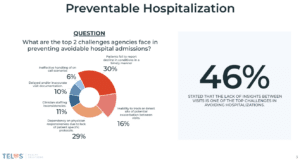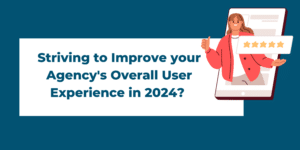
Home health agencies find themselves in a delicate balancing act, as conflicting objectives create additional challenges for care teams. On one hand, they must prioritize quality outcomes to keep patients out of the hospital and mitigate the potential negative financial impact of HHVBP. On the other hand, they must optimize visit utilization to reduce care delivery costs ahead of impending reimbursement reductions in 2023. This intricate dance places significant pressure on agency leaders to navigate these competing demands effectively, all while avoiding an increase in workforce turnover.
Partnering with a Virtual Patient Engagement as a Service provider offers a solution for leaders to bridge the gap between quality care and visit utilization for clinicians. This collaboration extends the reach of the care team by providing patients with valuable clinician-led engagements between in-person visits. By leveraging this forward-thinking approach, the risk of burnout and reluctance towards new initiatives or responsibilities can be mitigated, empowering care teams to deliver exceptional care with more information while maintaining a balanced workload.
What is Virtual Patient Engagement as a Service
Virtual Patient Engagement as a Service is a resource for home health agencies to stay connected with and support their patients through meaningful clinician-led engagements that take place between in-person visits. By proactively engaging patients through virtual means, agencies can enhance their level of patient engagement without placing excessive burden on their existing clinician workforce. Patients are reached through phone calls initiated from the agency’s office number, allowing for additional education, updates, and more to be provided, all of which are then reported back to their care teams for further action and monitoring.
Benefits of Working With a Patient Engagement as a Service Partner
Virtual patient engagement services offer more than just virtual clinician and patient interactions. Providers like Telos employ clinicians who work as an extension of the agency’s care teams to deploy innovative technology and processes that provide actionable insights and capture information from patient and electronic health records. Care teams receive valuable updates regarding the patient’s progress and priorities after each virtual engagement, enabling them to make proactive decisions and adjustments to the care plan. This personalized approach helps deliver effective care while minimizing the number of in-person visits required.
The Importance of Clinician-led Engagements Between Visits
Regular clinician-led engagements play a crucial role in helping home health patients achieve their care goals and prevent hospital readmissions, ultimately leading to improved quality outcomes. These interactions are essential in delivering high-quality care. However, reducing the number of in-person visits presents a challenge for care teams, considering their deep understanding of the positive impact that regular interactions have on patients. Moreover, keeping patients out of the hospital is the primary performance metric by which their performance is evaluated.
Empowering Care Teams and Fostering Trust
A Patient Engagement services partner who is truly invested in their clients’ success should focus on helping them recognize both the financial and patient-centric impact they are assisting in making through quality insights and actionable data. This ultimately provides peace of mind to care teams in the field. This collaborative effort should further foster an internal agency culture of trust and understanding, where clinicians feel confident in navigating the balance between optimizing visit utilization and delivering high-quality care. This confidence stems from knowing that their patients receive continuous support, even when they are not physically present. Such empowerment enables care teams to be open-minded about operational adjustments and fulfill their mission of providing high-quality care within limited resources.
Before Committing to a Long Term Contract,
Ensure It Effectively Solves The Problem
While a patient engagement-as-a-service partnership is a solution that can offer a lot of potential benefits in solving complex problems at the clinician and patient level, we advise all our clients to ensure they have the flexibility to exit the contract if the partnership doesn’t meet their expectations. Even better, consider asking the provider if they are willing to share the risk by establishing pre-determined metrics and goals. This approach ensures that both parties are committed to achieving the desired outcomes and can make adjustments if needed.

Click above to review our Mid-year client performance metrics or contact us to learn more about how we partner with home health care agencies through a data-driven yet patient-centric approach.




